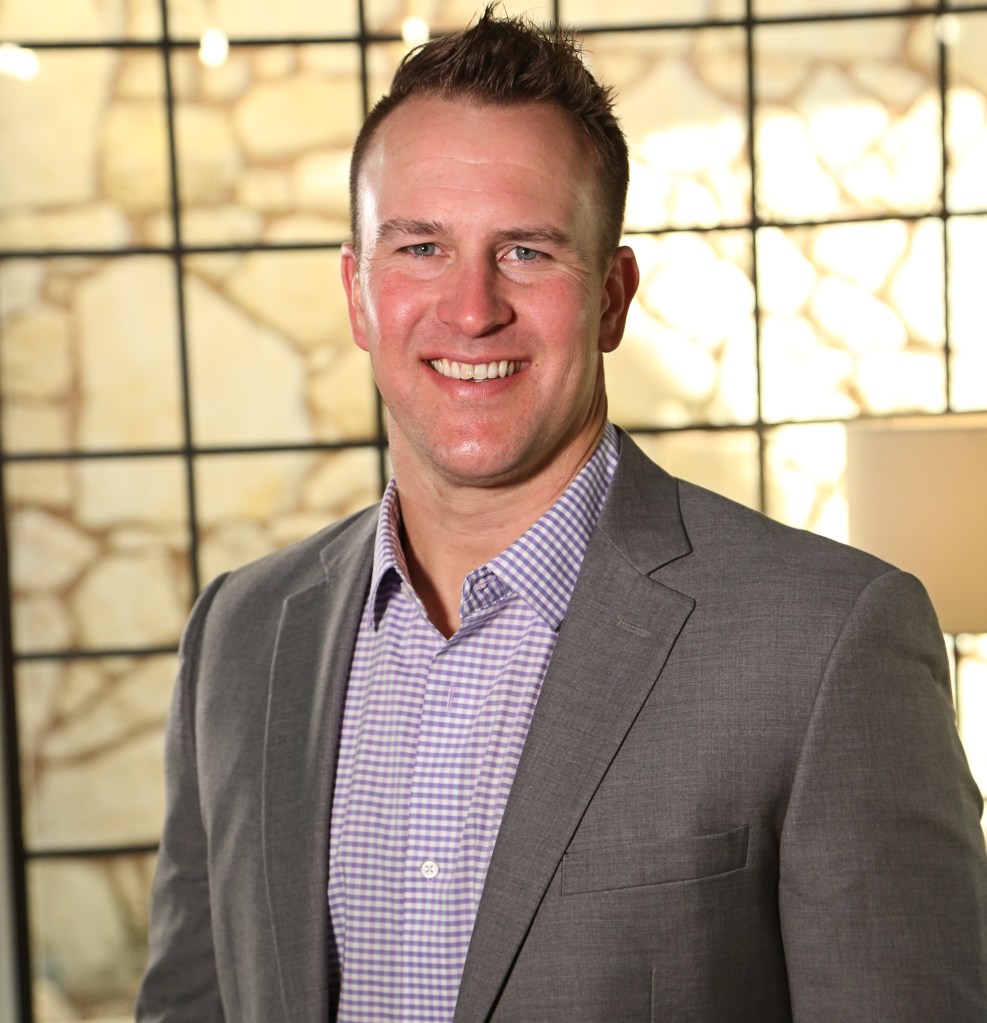From the Front Lines: Builders Risk

Bret Lawrence
Senior Vice President – Construction
Woodruff Sawyer
San Francisco, California
How did you get started at your agency?
I was a finance major at California Polytechnic State University, San Luis Obispo, and graduated in 2002. I was an underwriter for a year or so out of college and then fell into an opportunity to work in Woodruff Sawyer’s Construction practice when I was about 24 years old. I’ve been here for almost 16 years and can’t wait for the next 16!
Why did you get started in builders’ risk insurance?
I enjoy working with construction firms. Contractors are smart, hard-working people who are loyal, humble, and appreciative of their employees and their business partners. Contractors take on risks every single day on the job site and in the bid room, so they really value the advice and support they receive from their broker.
Biggest industry changes?
Weather patterns and catastrophes can eat up capacity quickly which can have an immediate impact on pricing. We’ve seen arson attacks on multifamily projects over the past few years which has tightened up the frame market. On larger wood frame projects, for example, you may have to pull in several carriers to build up the necessary limits. Non-combustible and civil projects, however, are still enjoying a very competitive market with several carriers willing to put up limits at low rates.
Biggest challenges?
Many carriers have pulled back appetite in more rural areas of California due to wildfire concerns. Similarly, earthquake capacity can vary greatly by carrier based on their committed limits in a specific region. Though it doesn’t get as much attention on the news as a fire, water damage is becoming a silent killer for a lot of carriers. We’re seeing water damage minimum deductibles increasing and many carriers sub-limiting the coverage.
Future trends in builders’ risk?
From a security and surveillance perspective, many carriers are pushing the use of motion sensors and video rather than relying on a traditional watchman. We’ve also seen the continued evolution of water detection and water monitoring technology. With this technology, if there is a change in water pressure at an unoccupied job on a Saturday night, the project team is immediately notified. This allows the team to respond immediately and mitigate damage rather than waiting until Monday morning to stop the leak.
Advice for a fellow agent?
Connecting often with your underwriters really helps you stay out in front of upcoming risks and trends so you can manage realistic expectations for your contractor clients. If they are bidding on a job today that will not start for several months, they need to be able to lock in realistic pricing terms in their bid based on what pricing is expected to be when they start the job.
Favorite success story?
Our proudest moments are when we can work closely with both our construction client and carrier partner to get out in front of a claim and identify the claim objectives early on. Being on the same page and working towards a common goal helps ensure our construction client gets their problem solved and allows them to focus back on their business. And, ultimately, that is what our job as insurance professionals is all about.
AnneMarie McPherson is IA news editor.










